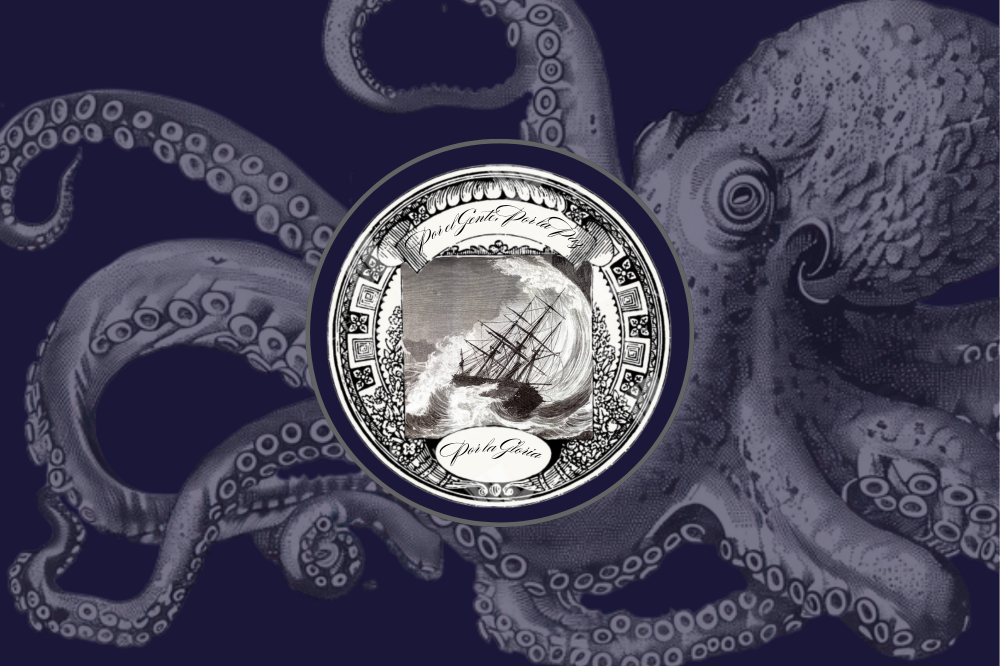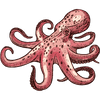| History: |
Before it was called Ersia, the land was a fragmented territory colonized by imperial powers during the late 16th century. For centuries, the indigenous peoples of the region endured exploitation, forced labor, and land dispossession under various European colonial regimes. The territory, rich in mineral resources and biodiversity, was subject to fierce control and corruption by elites backed by foreign powers and unstable local governments.
By the late 18th century, a series of failed viceroyalties and puppet governments—dominated by a narrow class of landowning elites—had left much of the region impoverished, underdeveloped, and disconnected from political representation. These governments routinely marginalized Indigenous populations and Afro-descendant communities, imposing harsh labor quotas, extracting natural wealth, and ignoring local governance traditions that had existed for centuries.
In 1797, simmering unrest exploded when a coalition of Quechua, Mapuche, and Guaraní leaders—inspired by regional independence movements and outraged by rising taxes and land seizures—launched an uprising against the colonial state. These leaders, most famously Tayka Manco of the southern valleys and Caonabó Inti of the highlands, rallied tens of thousands of peasants and warriors in coordinated revolts, utilizing guerrilla tactics learned from centuries of resistance.
This wave of uprisings—fueled by a blend of anti-colonial sentiment, ethnic solidarity, and spiritual revival—shattered the fragile colonial grip on the region. Over the next decade, the rebellion would evolve into a full-scale revolution, leading to the collapse of colonial administration in several provinces.
By 1809, the rebellious territories formally united under the banner of the Confederation of Coacate—a multi-ethnic alliance of Indigenous, mestizo, and runaway enslaved communities. The Confederation was decentralized, with each faction retaining local authority while agreeing to mutual defense and resource sharing. Though often at odds ideologically, they shared a commitment to self-determination and opposition to foreign rule.
However, unity was short-lived. Disagreements over governance, economic policy, and cultural autonomy led to infighting. Between 1814 and 1821, the Confederation fractured into four main factions, each claiming legitimate rule: the Highland Assembly, the Coastal Syndicate, the Southern People's Army, and the River Republic.
The growing tensions erupted into the Ersian Civil War (1821–1827). The brutal six-year conflict devastated the countryside and forced many communities to choose allegiances. Yet, the war also prompted reflection and dialogue among war-weary leaders.
In late 1827, after the bloody Battle of San Q'ara, a ceasefire was brokered by a new generation of pragmatic leaders—many of them former fighters, educators, and clergy. Through months of negotiation and compromise, the four warring factions signed the Treaties of Palta Verde in 1828, officially dissolving the Confederation and establishing the Democratic Republic of Ersia.
|













